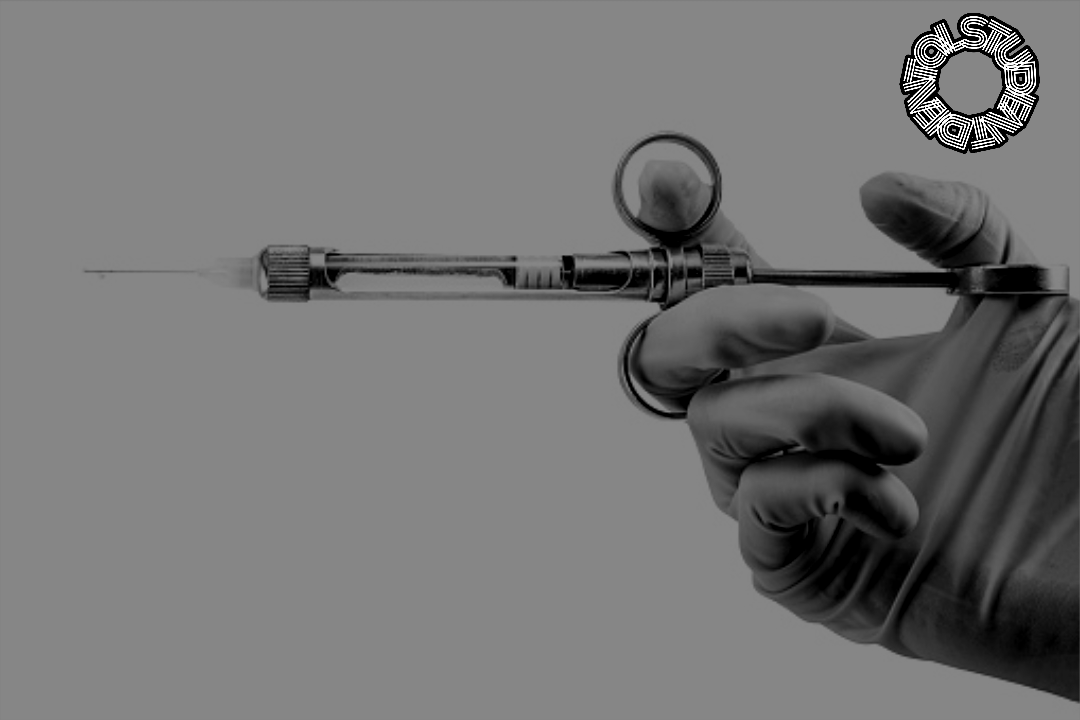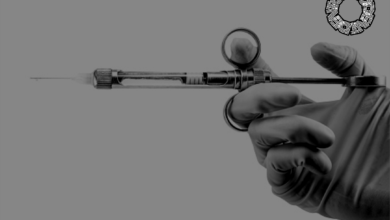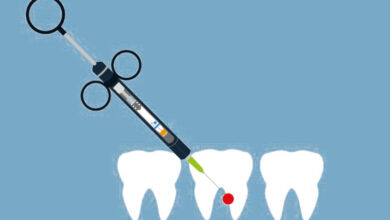
Injection-Related Complications Anesthetics
In general, adverse effects are infrequent with local anesthetics.
The most frequent complications happen when an epidural is administered or when medication is inadvertently injected into a blood vessel.
Rapid absorption of excessive doses of local anesthetics may cause cardiovascular and central nervous system (CNS) damage.
Local anesthetic-induced CNS toxicity manifests as symptoms similar to vasovagal reactions.
Tremors and shivering come after the initial symptoms, such as a metallic taste, tinnitus, dizziness, and confusion. Finally, there could be respiratory arrest and generalized convulsions.
The cardiovascular system is another major organ that local anesthetics can significantly affect.
Local anesthetics elevate blood pressure and cause systemic vasoconstriction at low doses.
Local anesthetics may result in heart block and have harmful inotropic effects on the heart at high doses.
Bupivacaine’s strong protein binding and lipid solubility may also help to explain the infrequent reports of ventricular arrhythmias associated with its use.
The best way to prevent toxic reactions to local anesthetics is to inject slowly and cautiously to avoid intravascular delivery.
Patients with known peripheral vascular and cardiovascular problems should receive minimal dosages that are considerably below the hazardous range.
You can also use epinephrine to slow absorption.
Epinephrine is a double-edged sword, though, as it can make some patients more prone to arrhythmias and an excessive vasoconstrictor response.
If there are any symptoms of excessive vasoconstriction, such as cyanosis or reduced capillary refill, warm compresses can be helpful.
Treatment of CNS and cardiovascular damage often involves stopping the injection and giving oxygen. An immediate referral to an emergency facility is necessary if systemic toxicity looks to be getting worse.
Particular Considerations
Although the safety of using local anesthetics and epinephrine in newborns and young children has been established, the pharmacokinetics of local anesthetics in children and adults differ significantly13.
Children have a higher cardiac output, which causes their peak plasma concentration to occur more quickly. Local anesthetics’ half-life is further lengthened as a result of increased distribution volume and reduced hepatic metabolism.
The hazardous threshold in infants and toddlers is roughly half that in children older than five and in adults due to differences in pharmacokinetics. 13 Accordingly, the maximum anesthetic dose in mg per kg must be changed.


